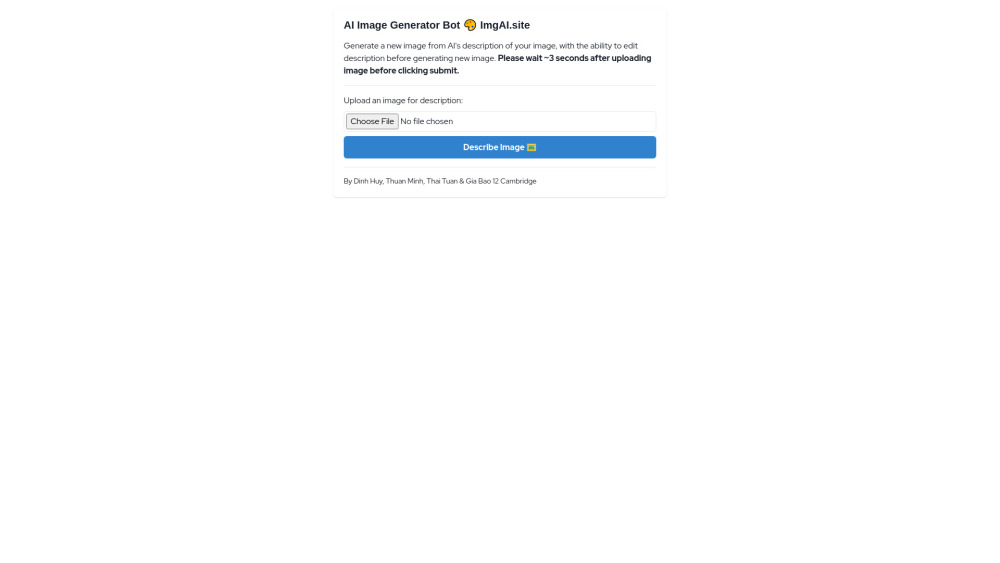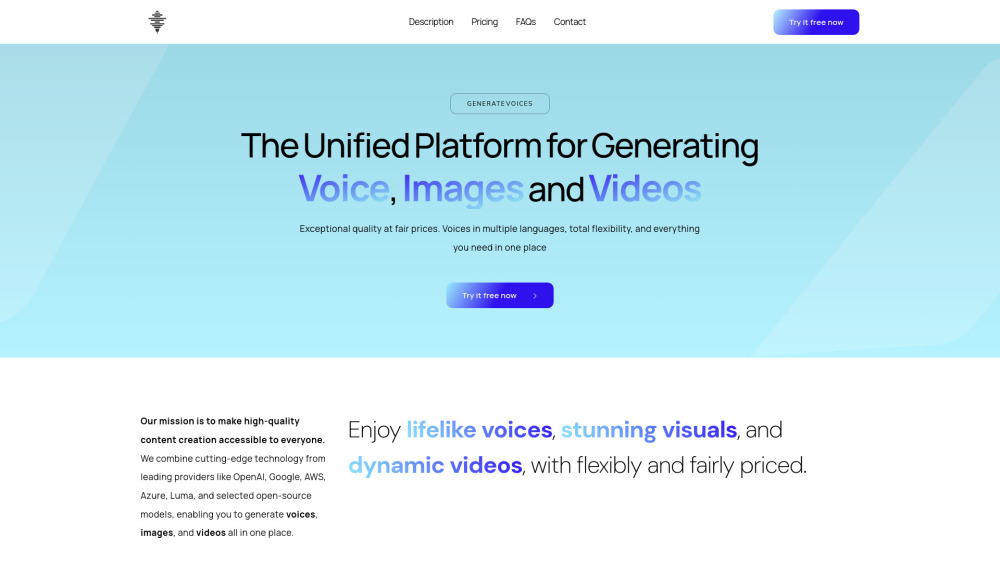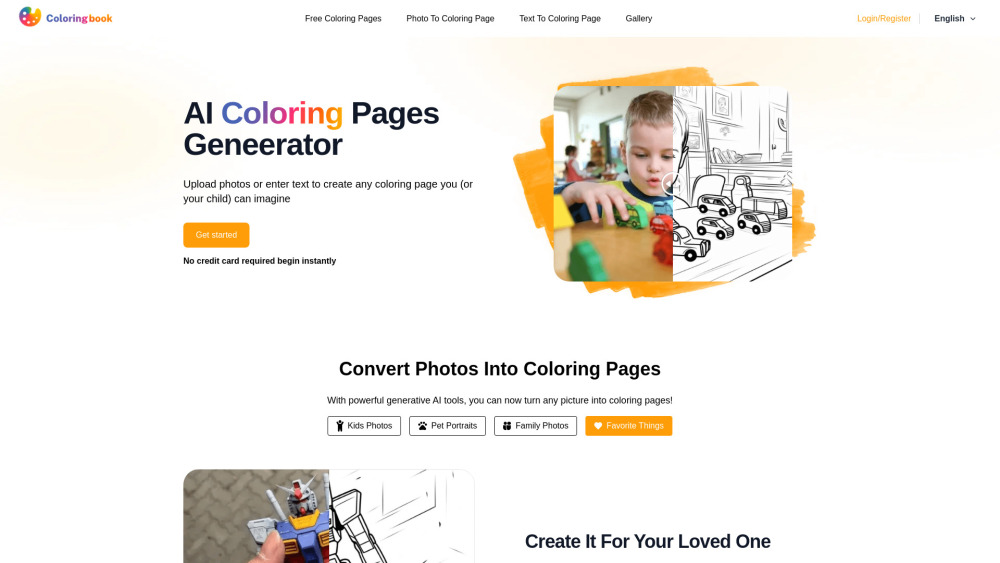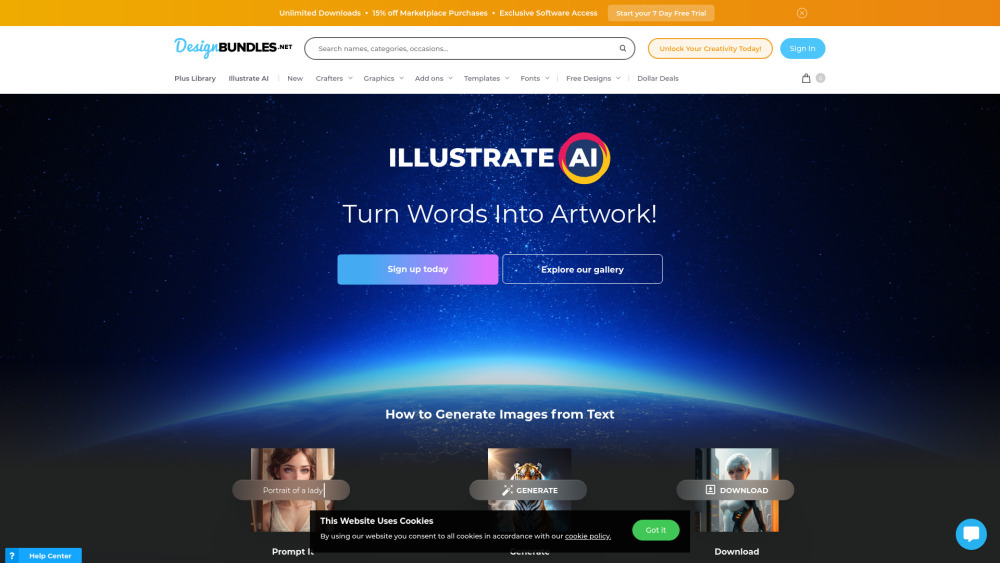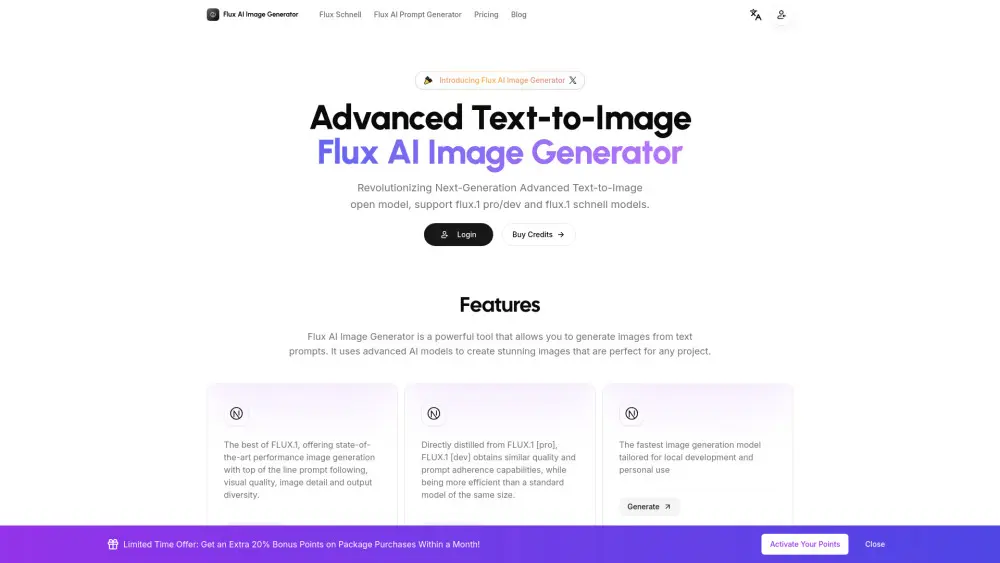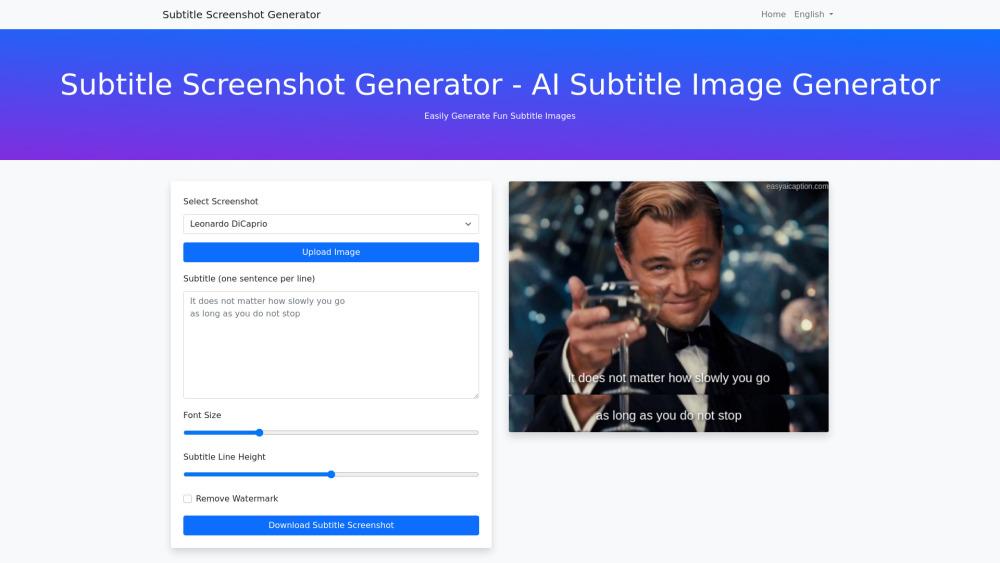Key-Locked Rank One Editing for Text-to-Image Personalization - NVIDIA Research
Product Information
Key Features of Key-Locked Rank One Editing for Text-to-Image Personalization - NVIDIA Research
Perfusion enables more animate results, with better prompt-matching and less susceptibility to background traits from the original image. It also allows for efficient control of the visual-textual alignment at inference time.
Key-Locking Mechanism
A mechanism that 'locks' new concepts' cross-attention Keys to their superordinate category, allowing for more visual variability and accurately portraying the nuances of an object or activity.
Gated Rank-1 Approach
An approach that controls the influence of a learned concept during inference time and combines multiple concepts.
Efficient Control of Visual-Textual Alignment
Perfusion allows for efficient control of the visual-textual alignment at inference time, enabling users to balance visual-fidelity and textual-alignment with a single trained model.
One-Shot Personalization
Perfusion can generate images with both high visual-fidelity and textual-alignment when training with a single image.
Zero-Shot Transfer to Fine-Tuned Models
A Perfusion concept trained using a vanilla diffusion-model can generalize to fine-tuned variants.
Use Cases of Key-Locked Rank One Editing for Text-to-Image Personalization - NVIDIA Research
Generate images with high visual-fidelity and textual-alignment for personalized advertising.
Create customized product designs with specific features and attributes.
Develop personalized avatars for virtual reality applications.
Generate images for personalized storytelling and content creation.
Pros and Cons of Key-Locked Rank One Editing for Text-to-Image Personalization - NVIDIA Research
Pros
- Enables more animate results with better prompt-matching and less susceptibility to background traits.
- Allows for efficient control of the visual-textual alignment at inference time.
- Can generate images with both high visual-fidelity and textual-alignment when training with a single image.
- Generalizes to fine-tuned variants with zero-shot transfer.
Cons
- May require significant computational resources for training and inference.
- Limited to specific domains and applications where text-to-image personalization is relevant.
- May not perform well with low-quality or ambiguous input text.
How to Use Key-Locked Rank One Editing for Text-to-Image Personalization - NVIDIA Research
- 1
Train a Perfusion model using a dataset of images and corresponding text prompts.
- 2
Use the trained model to generate images with high visual-fidelity and textual-alignment.
- 3
Fine-tune the model for specific applications and domains.
- 4
Experiment with different hyperparameters and techniques to improve performance.
